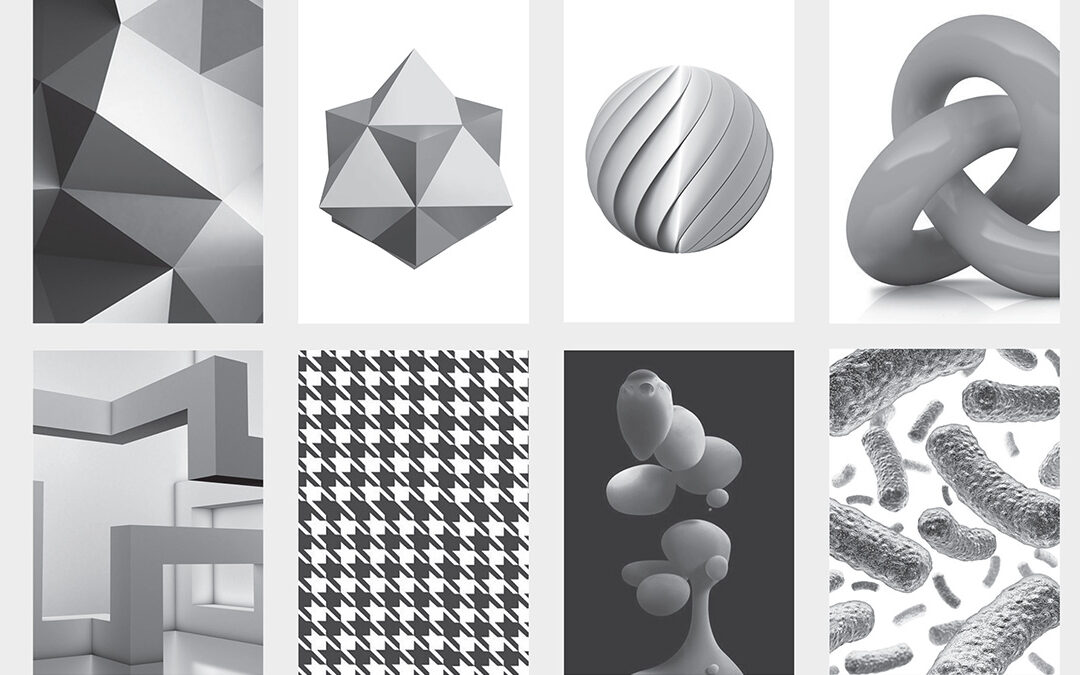The graphic part of graphic design is made up of visual elements, the building blocks of design. Through the harness of artistic expression we choose these visual elements and arrange them on a surface in a layout to convey an idea.
The basic visual elements that combine to create graphic design include the following: line, colour, shape, texture, space, form and typography.
Whatever work you produce be it for a magazine, a poster, a website or advertisement, these visual elements will play a part in your design.
Form
Form is described as any three-dimensional object. Forms are the 3D equivalents of shapes and as such are measured by their height, width and depth.
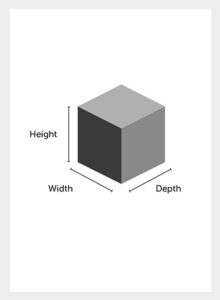
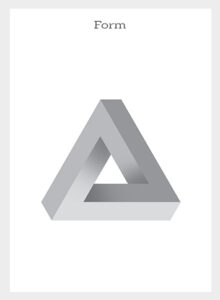
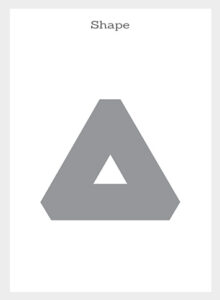
Form can be illustrated or constructed and can be defined as shadows on surfaces or faces of an object and can be enhanced by tone, texture and colour. Form adds visual dimension and can be stimulating and engaging to the eye because it adds realism and depth that draws you in. Form adds a 3D quality that can trigger sensations of touch, rough, smooth, hard, soft, hot, cold, round or pointy. Because of this visual dynamic, form can be used to create a distinct look and feel to a piece of graphic design work.
In design, there are two types of form: geometric and organic.
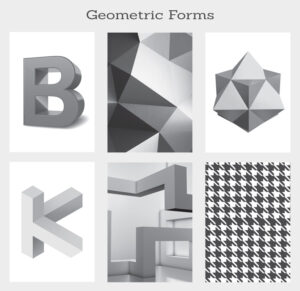
Geometric forms are those that appear manmade. Whether simple or complex, these produce a feeling of control or order and appear clean and sterile.
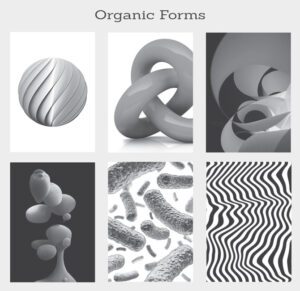
Organic forms are those that appear natural. Organic forms whether simple or complex produce a natural feel.

